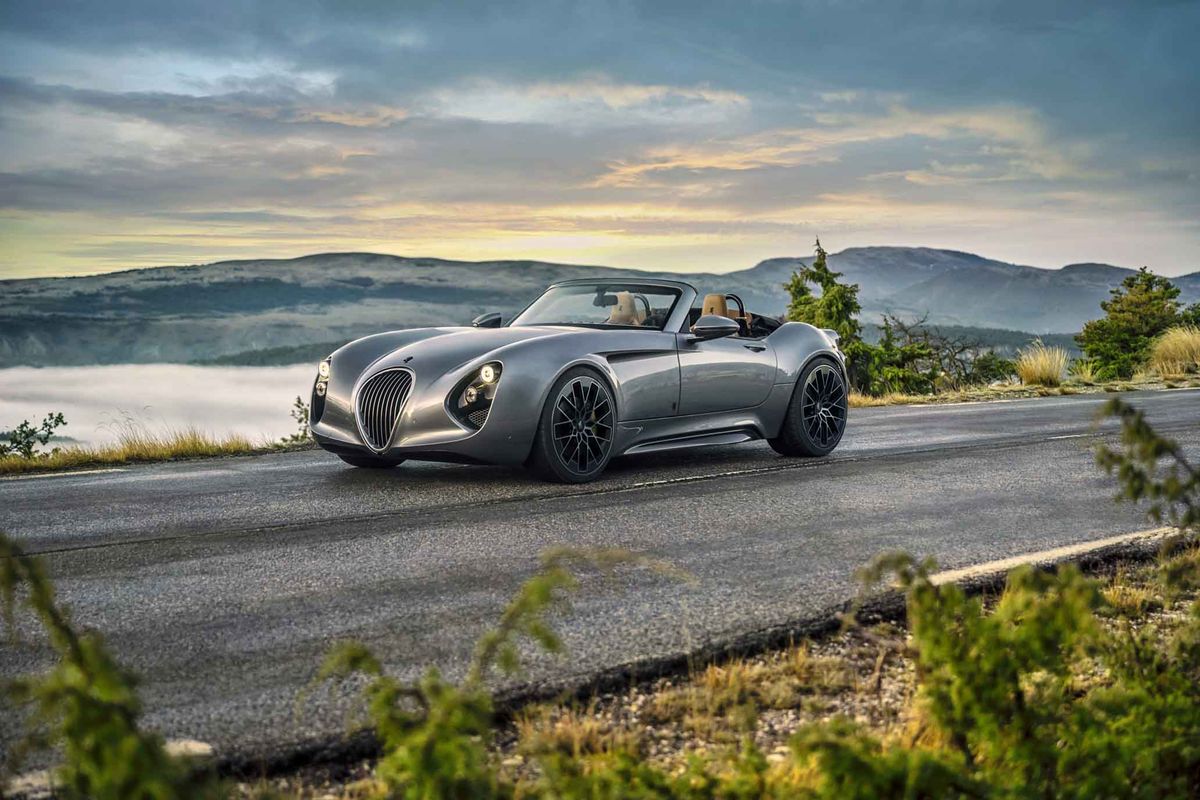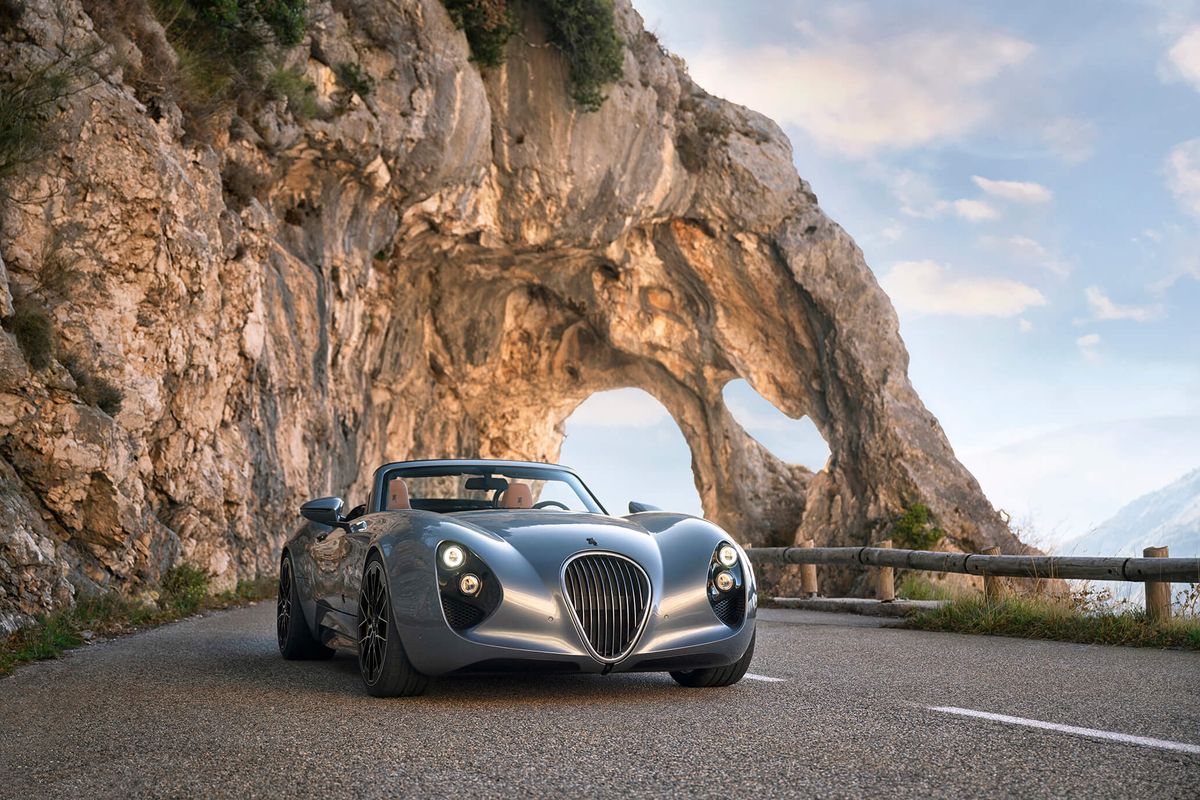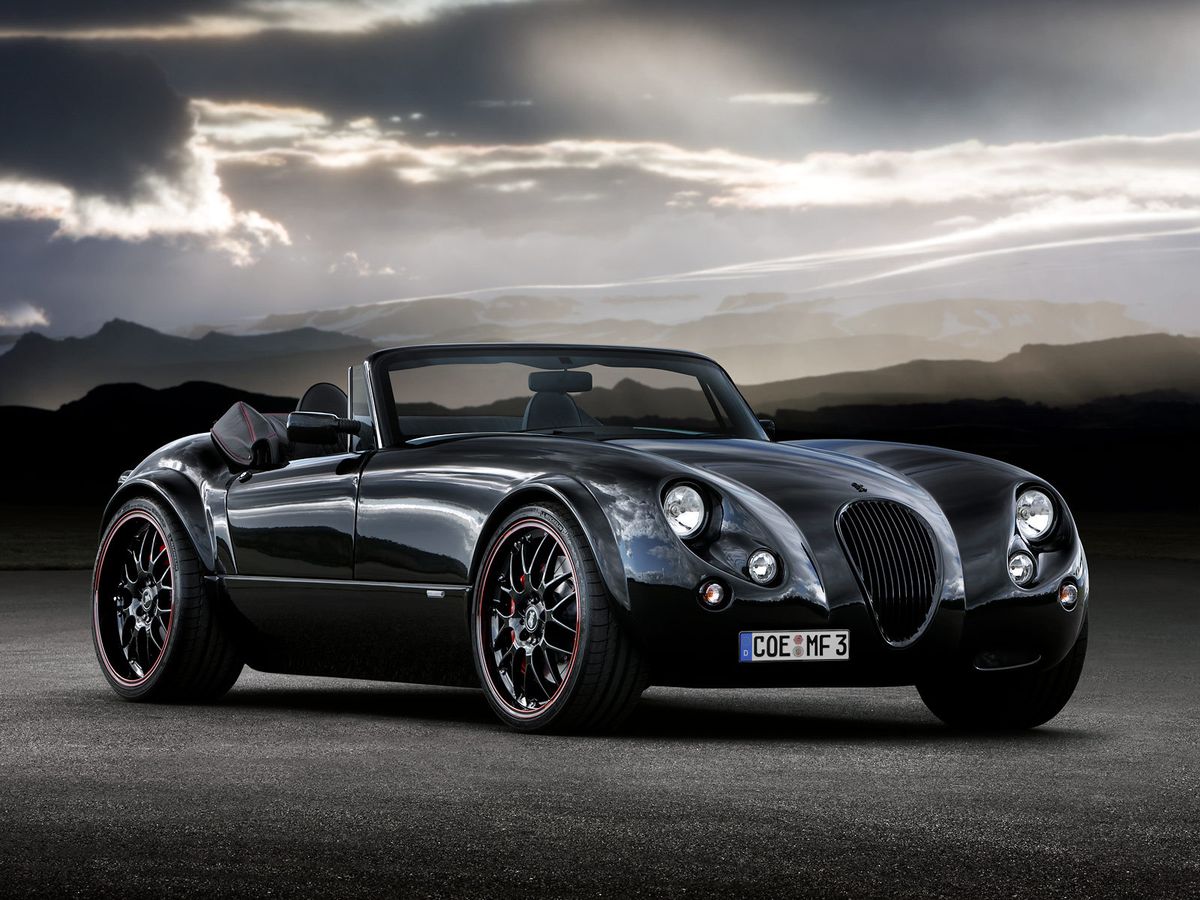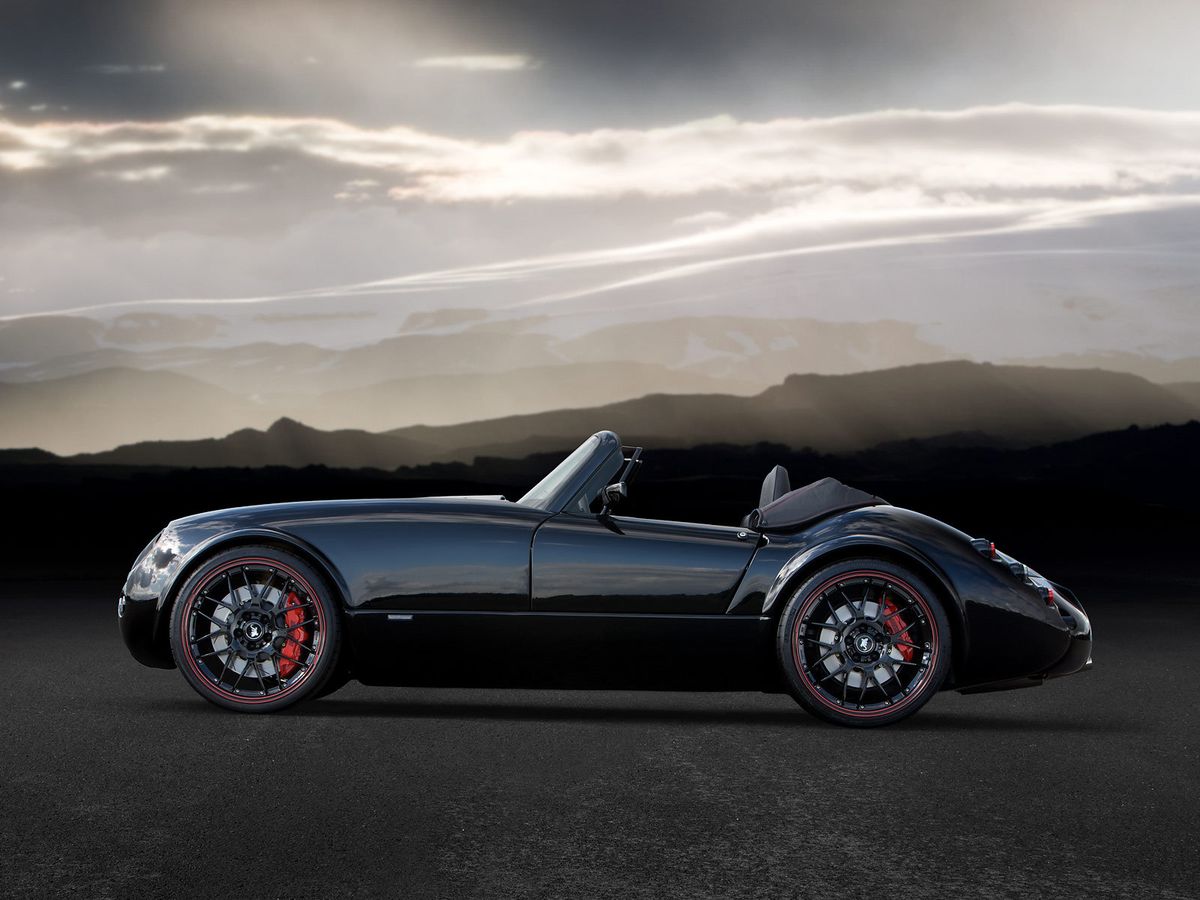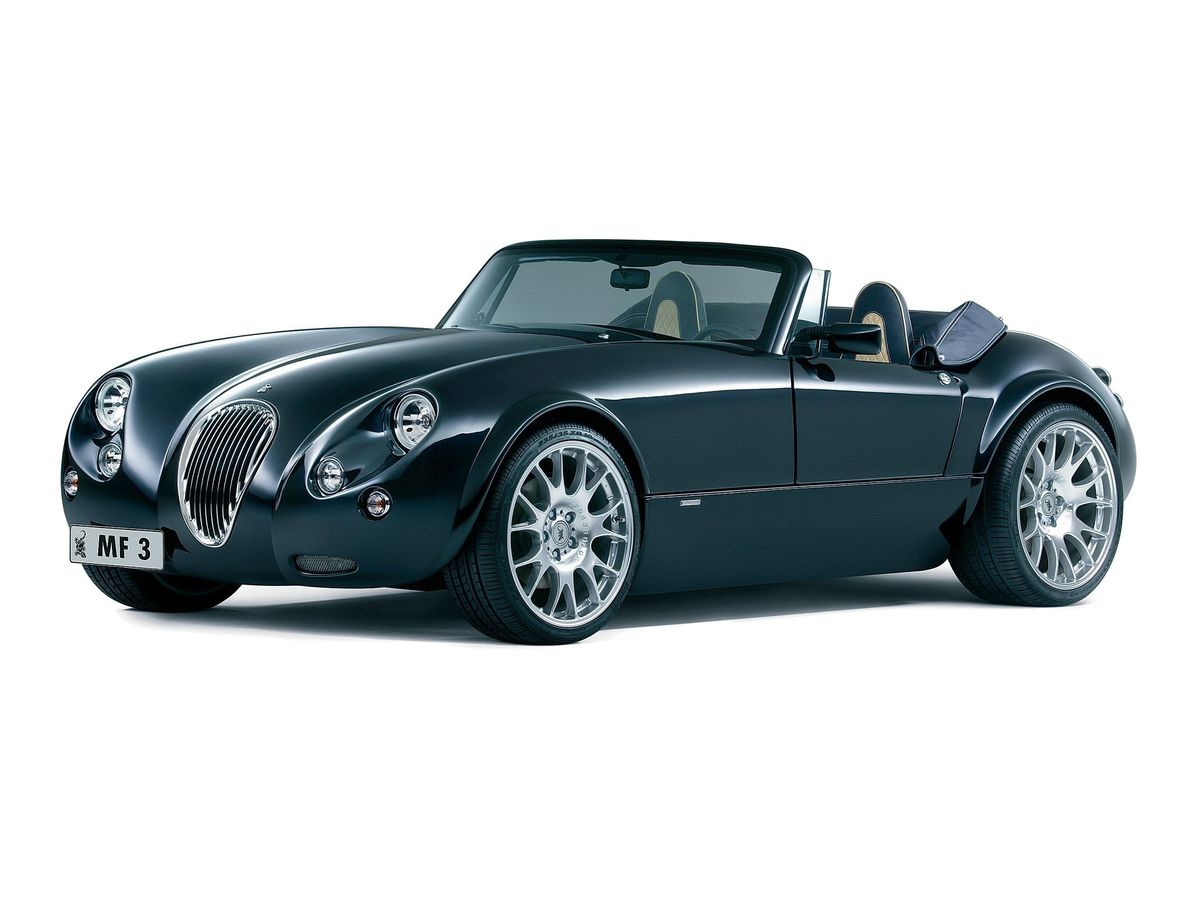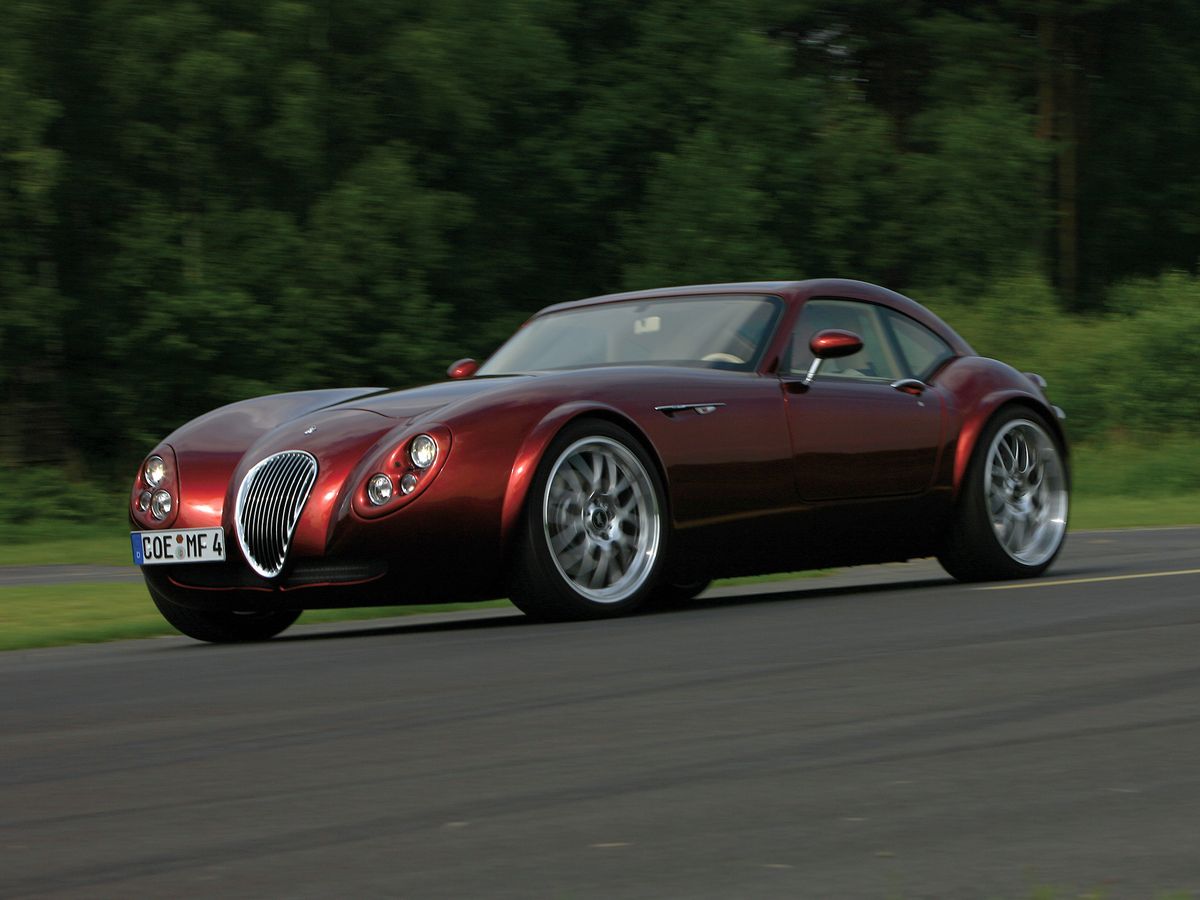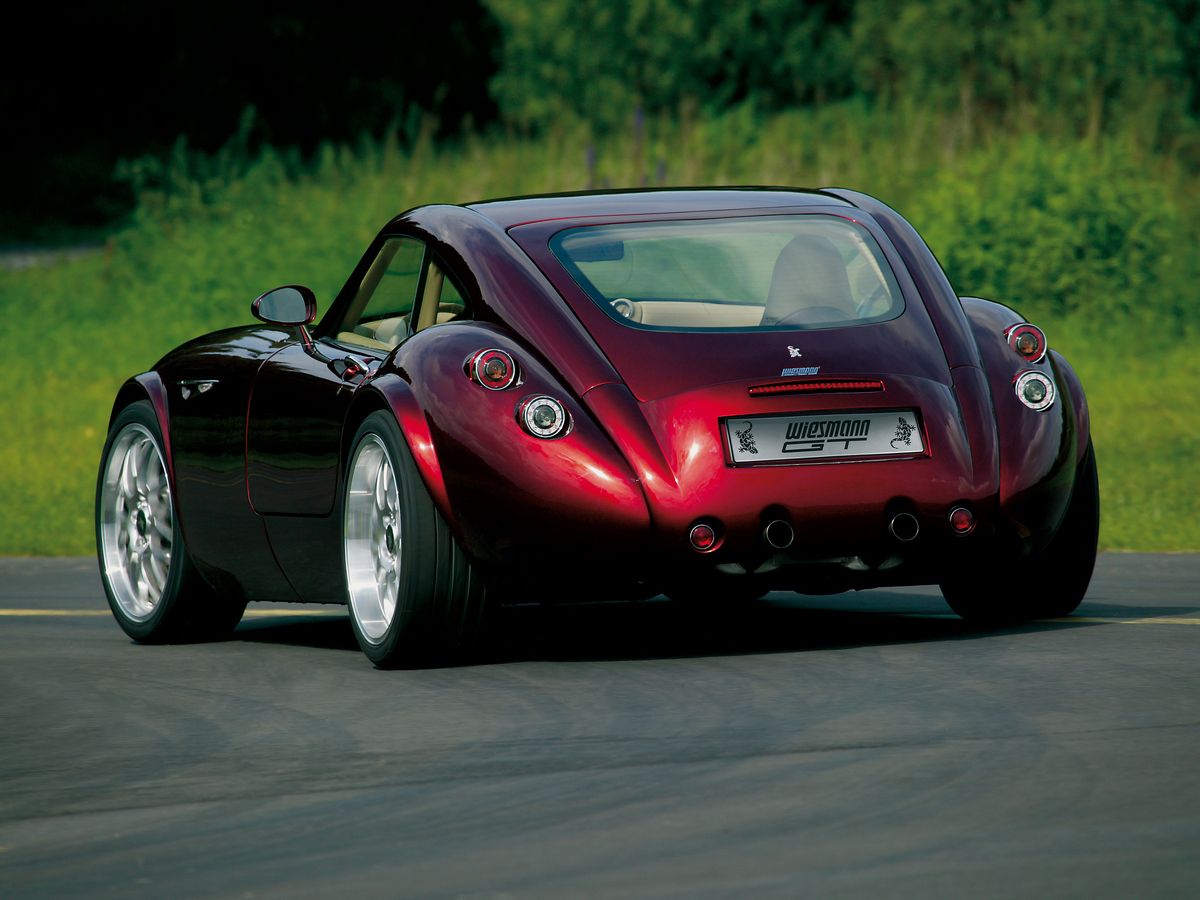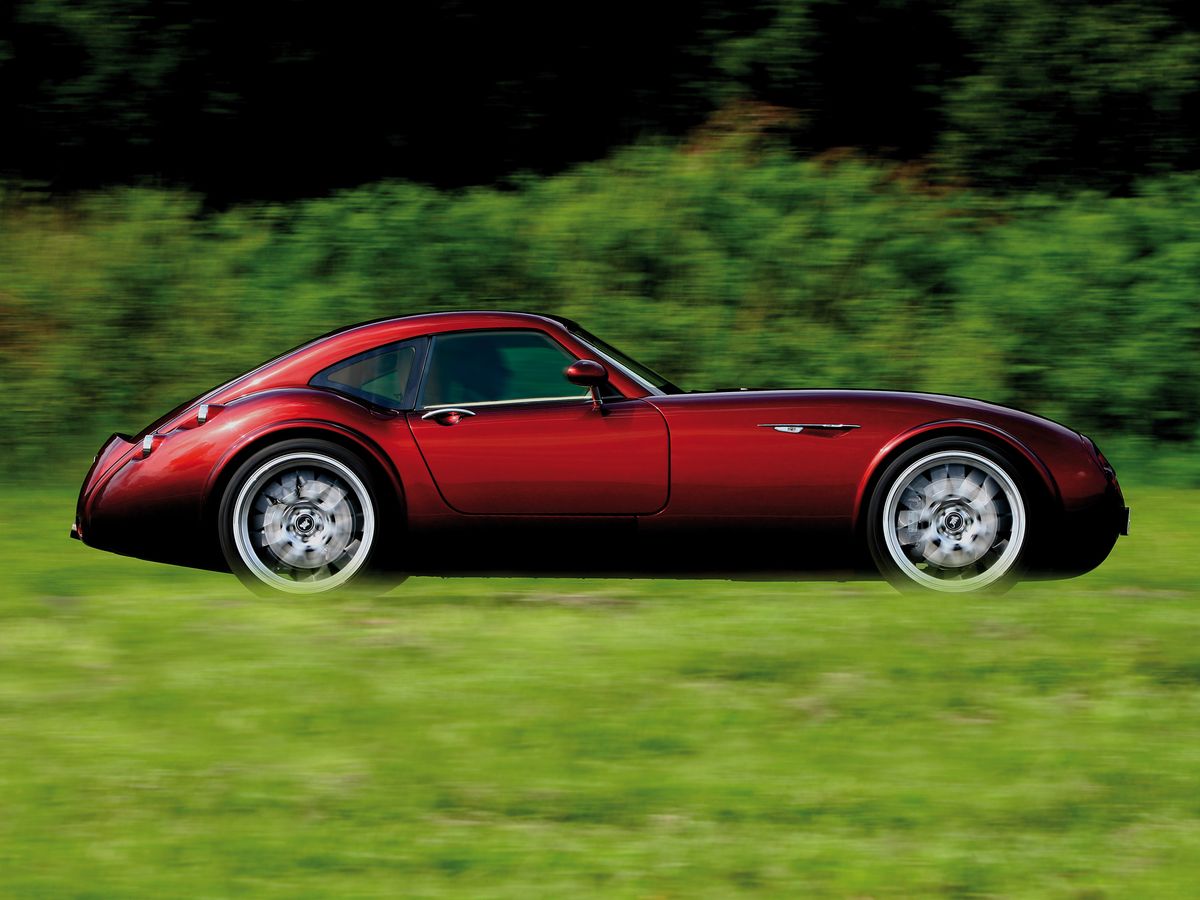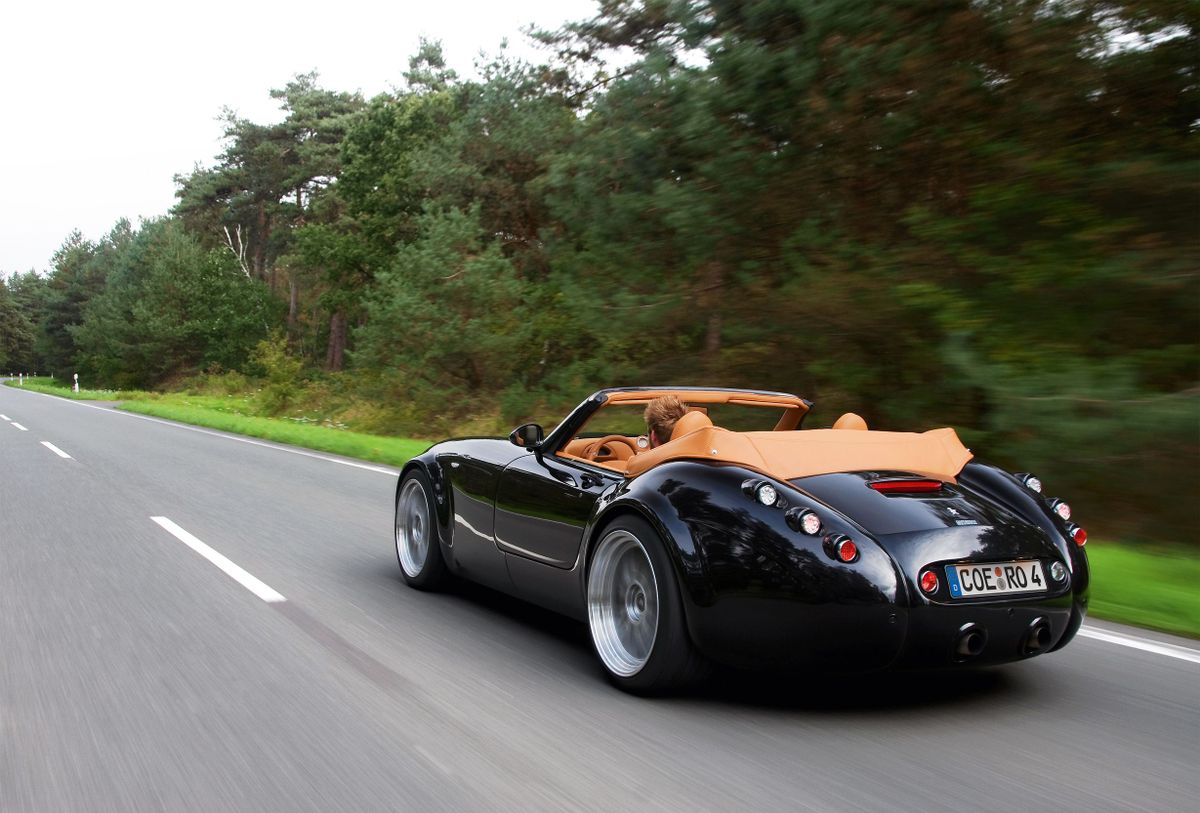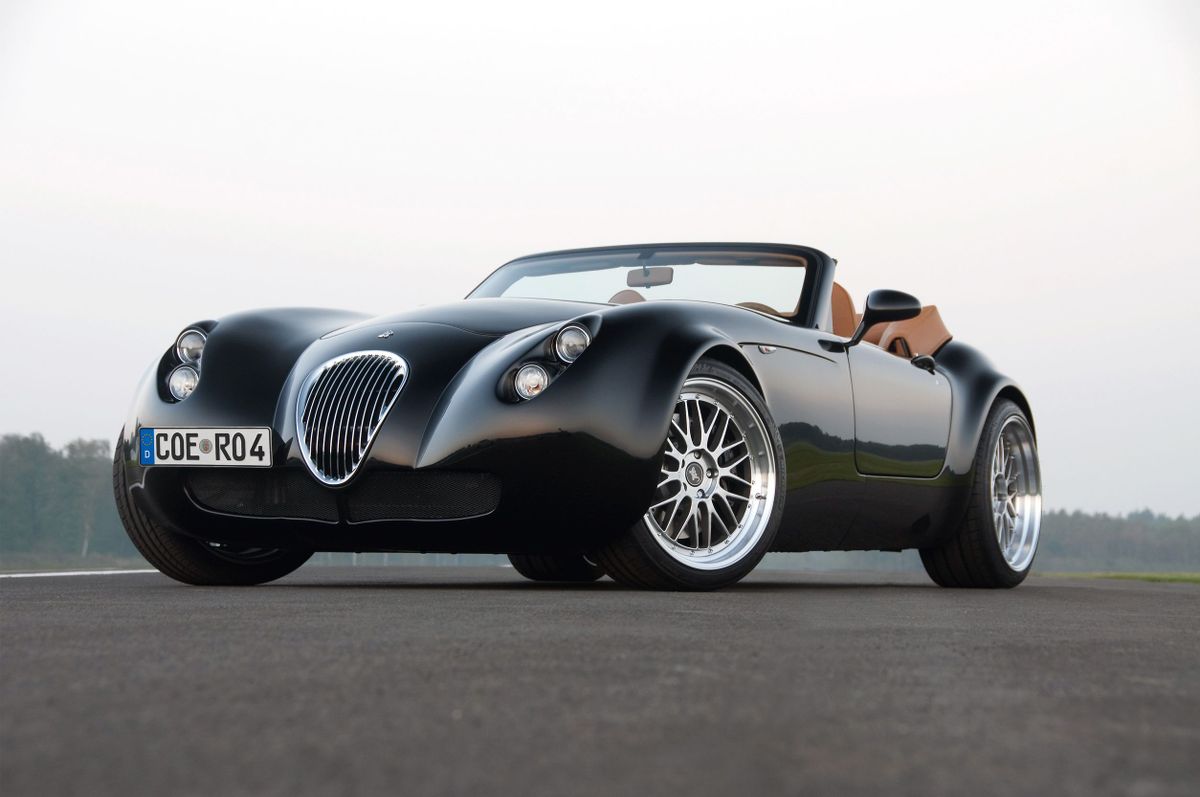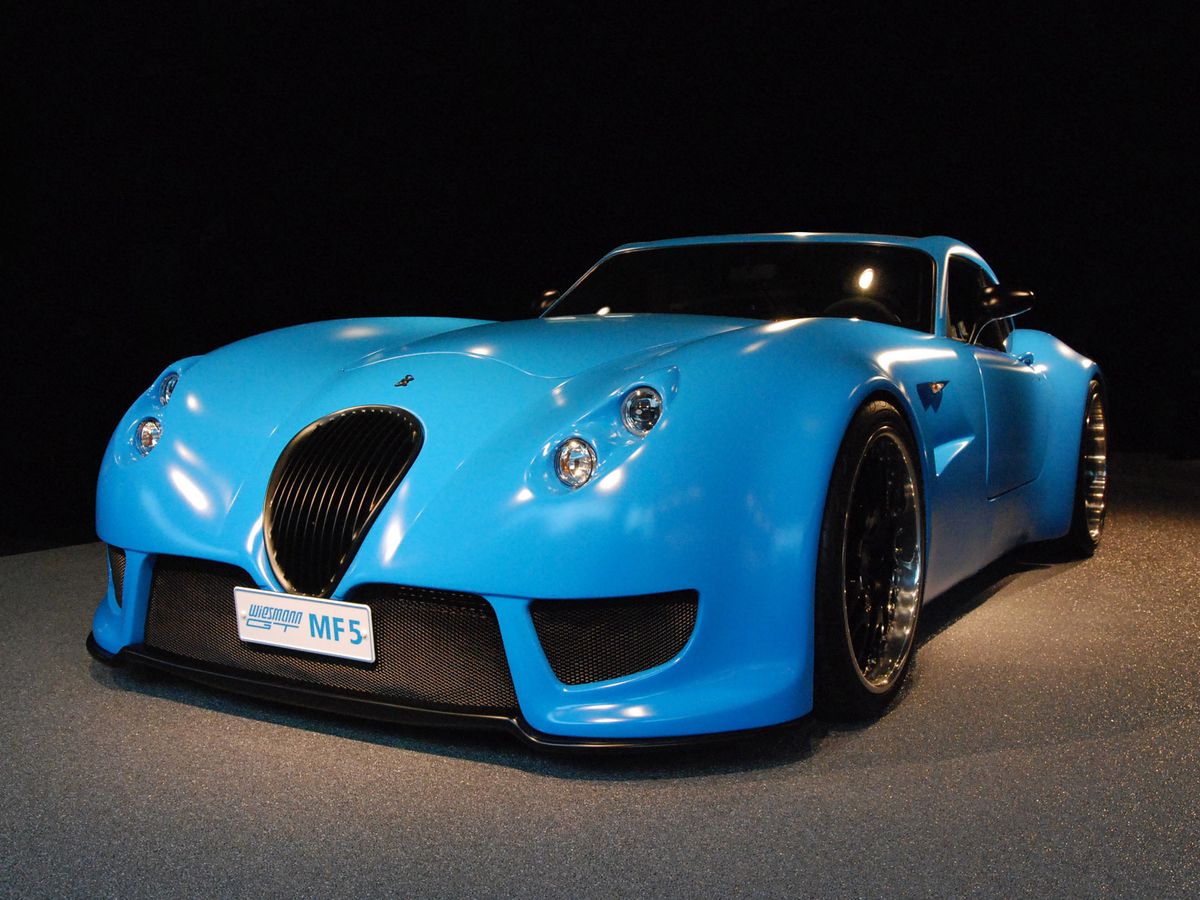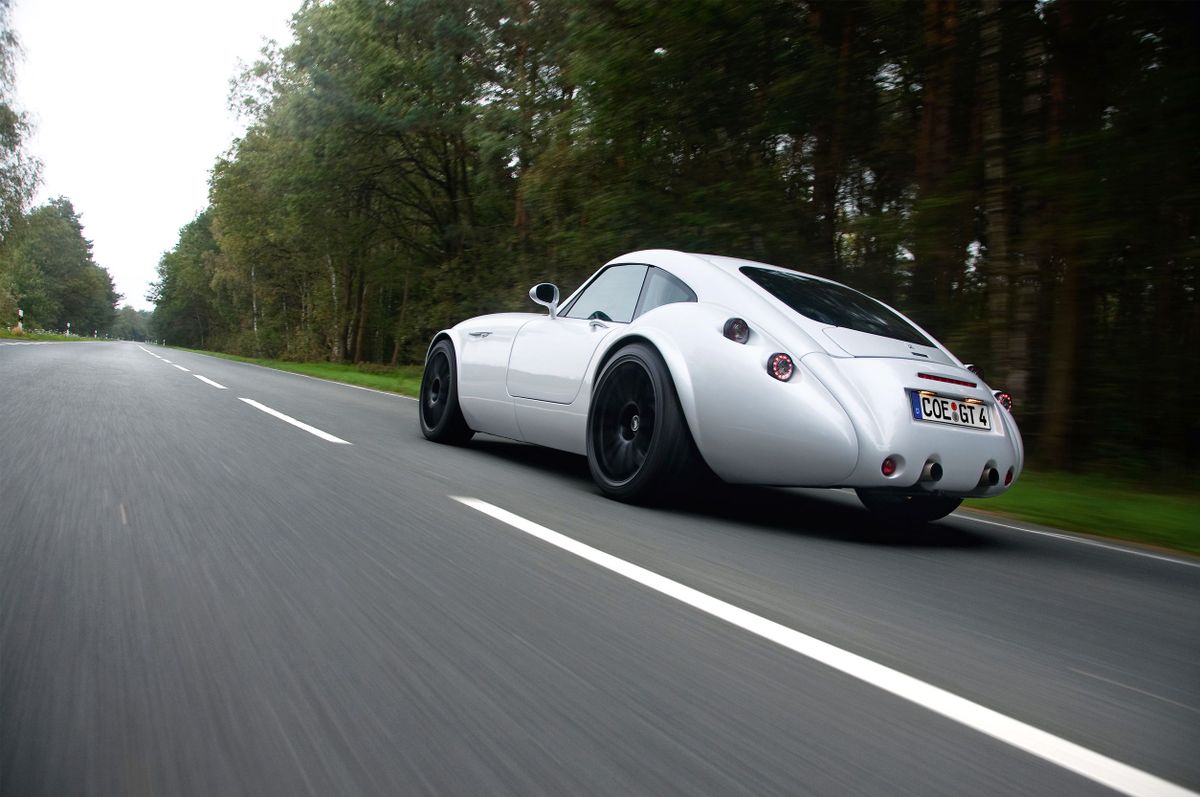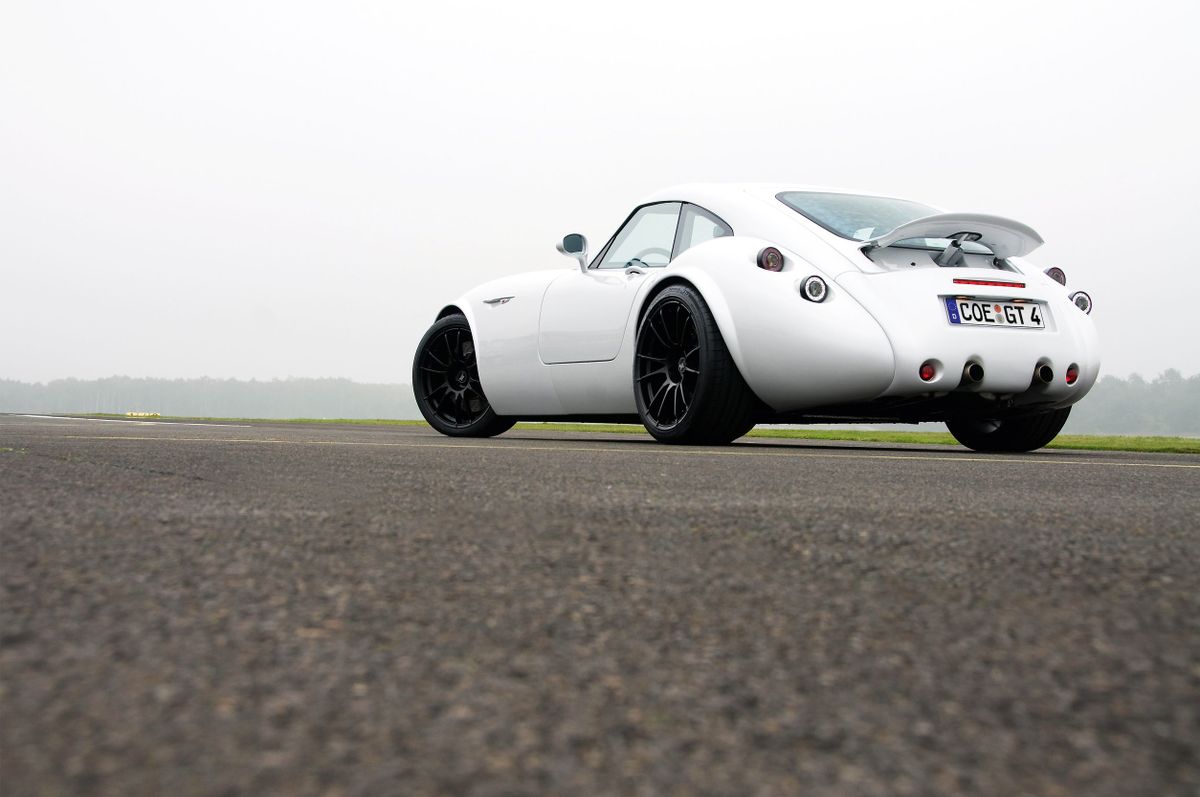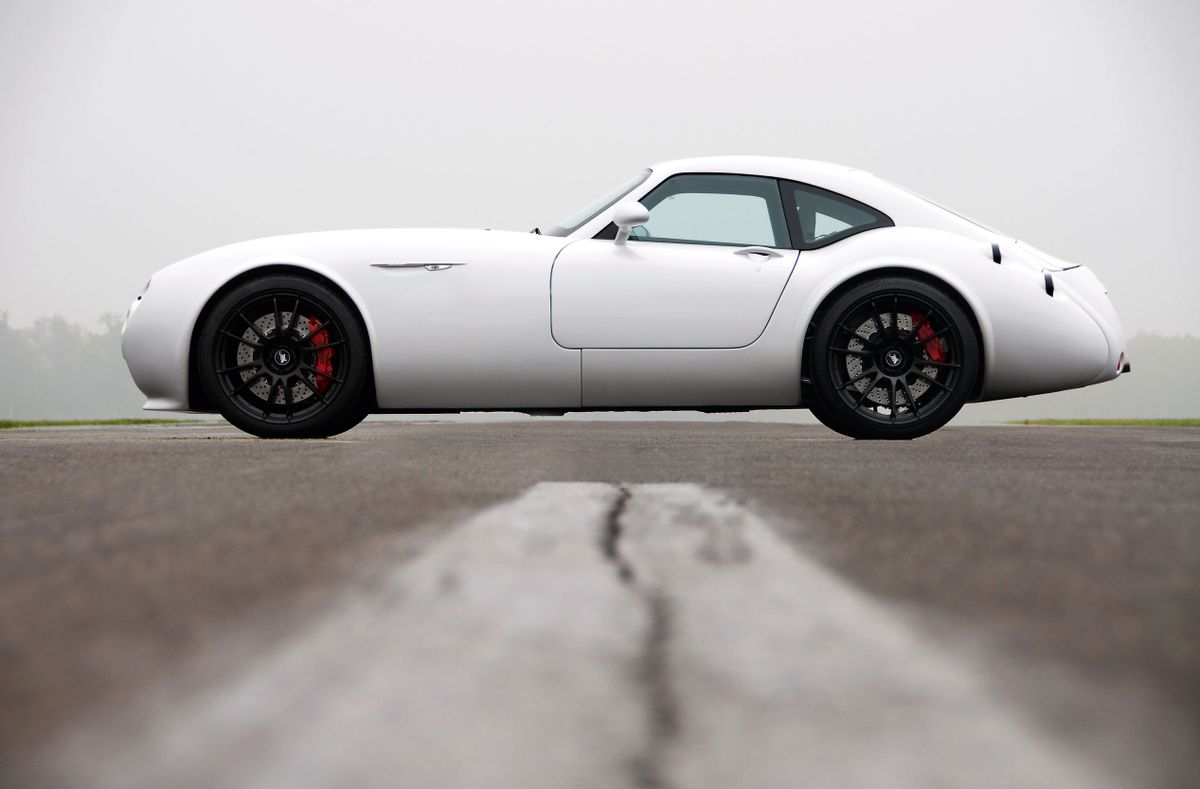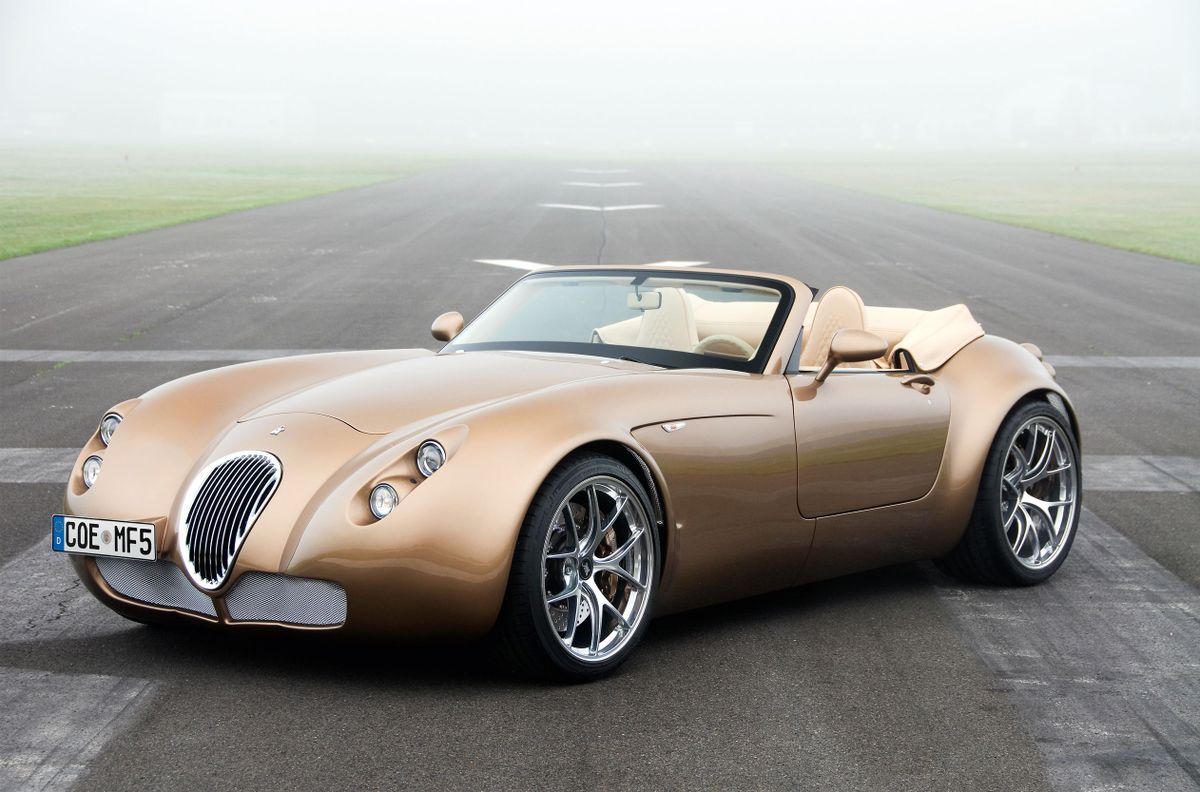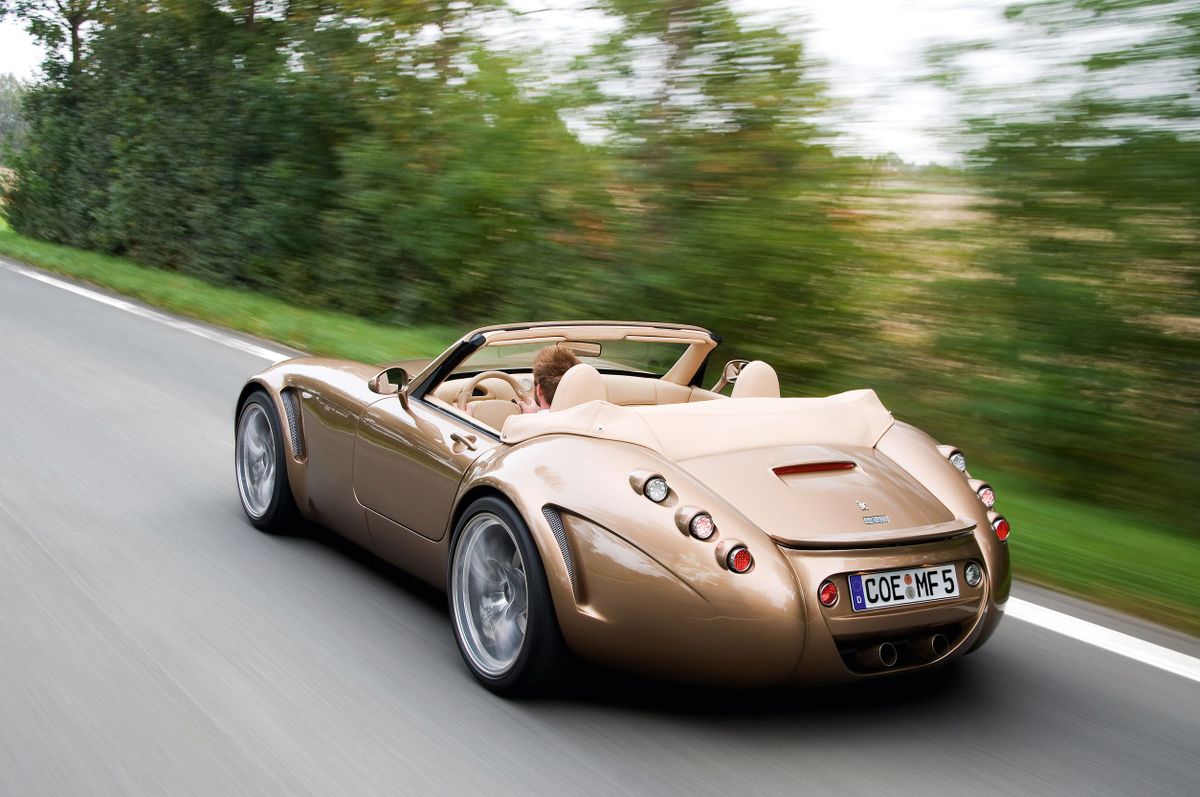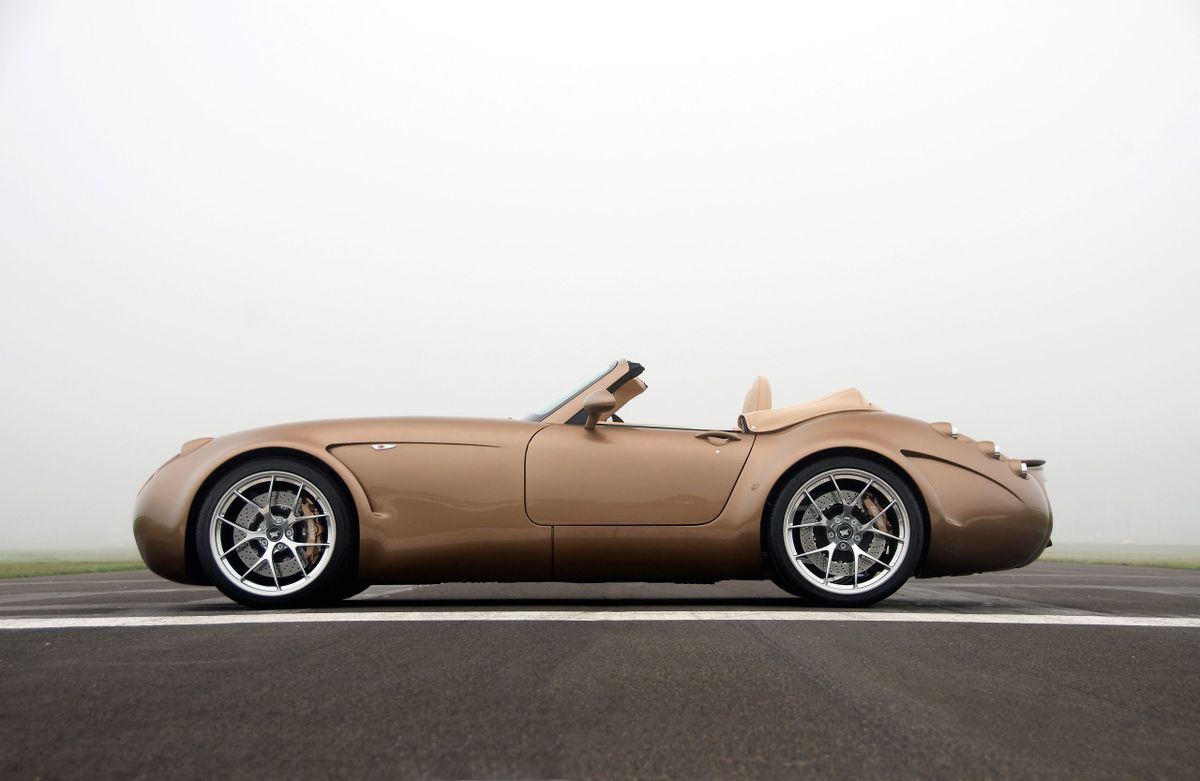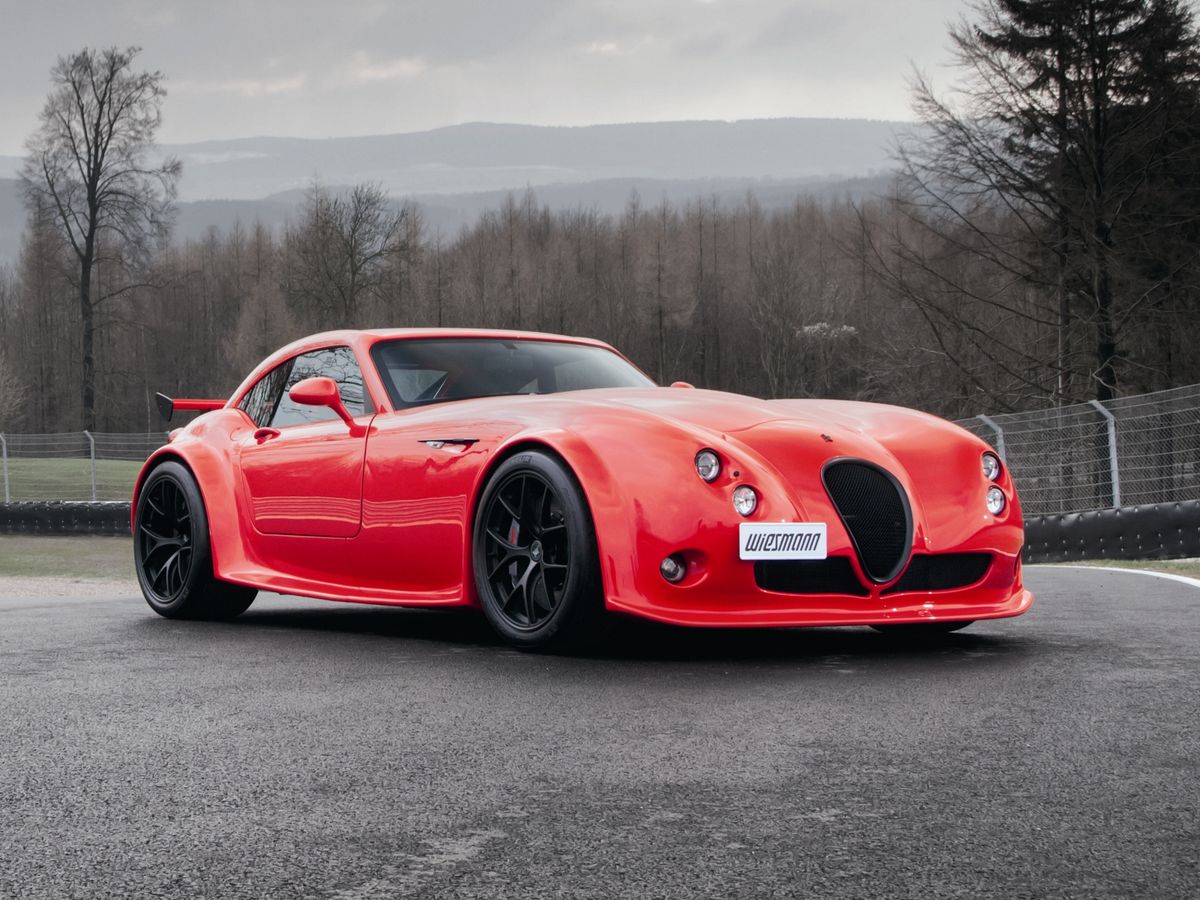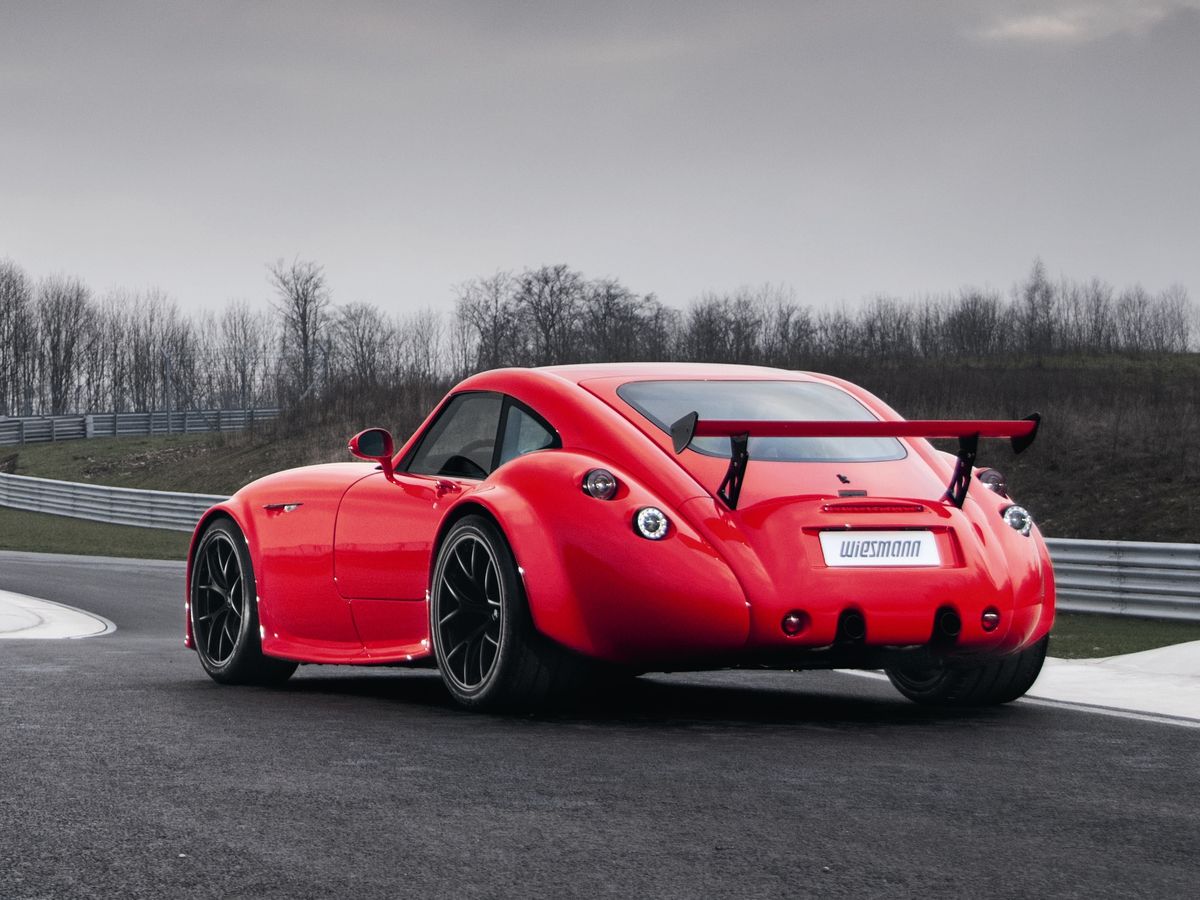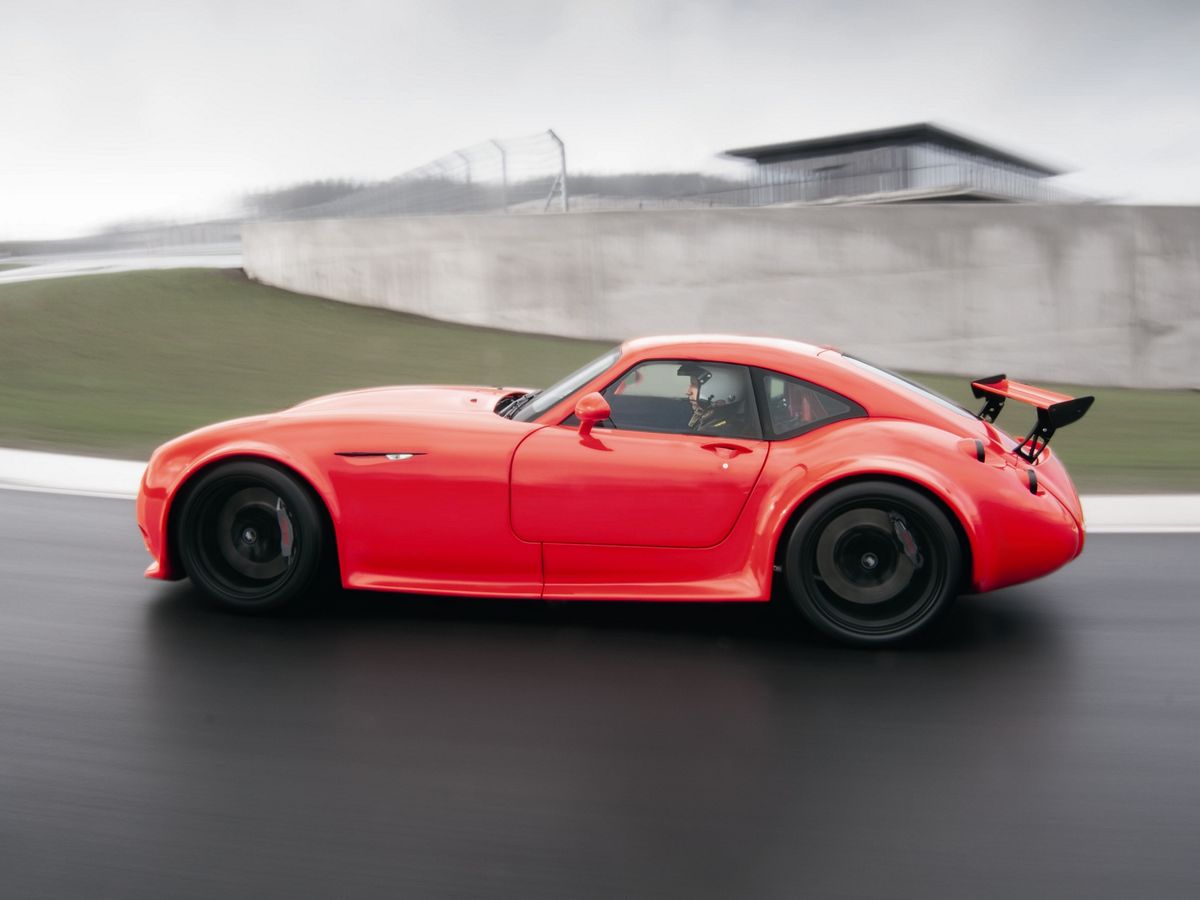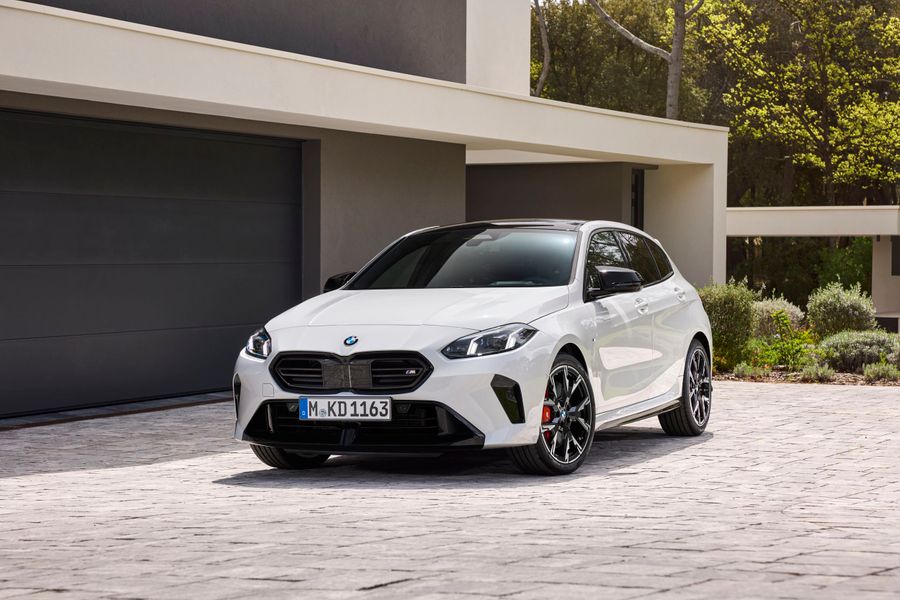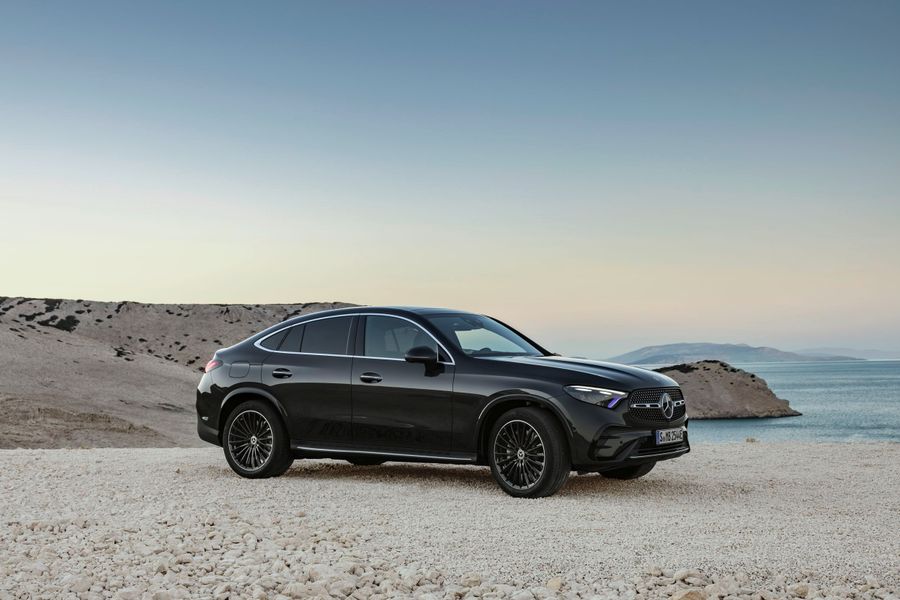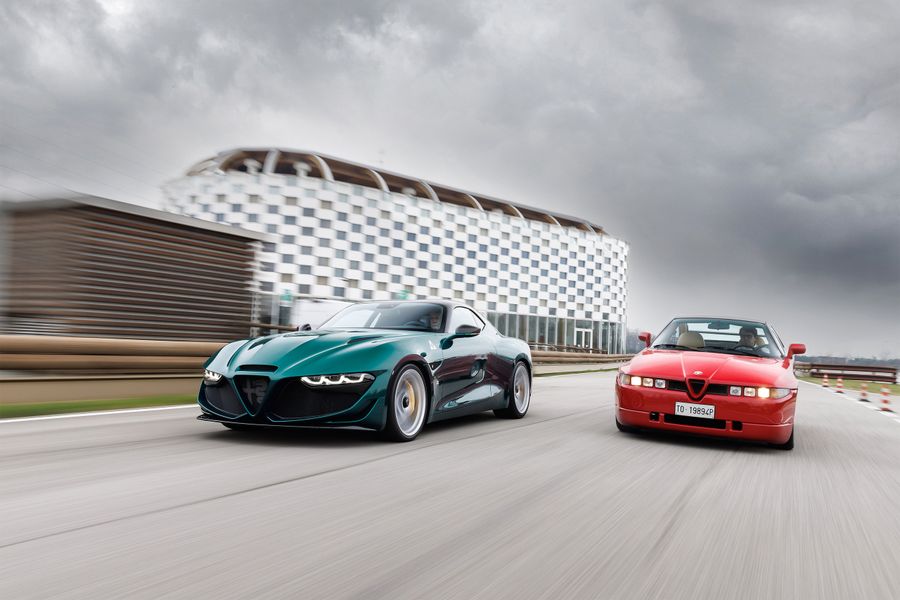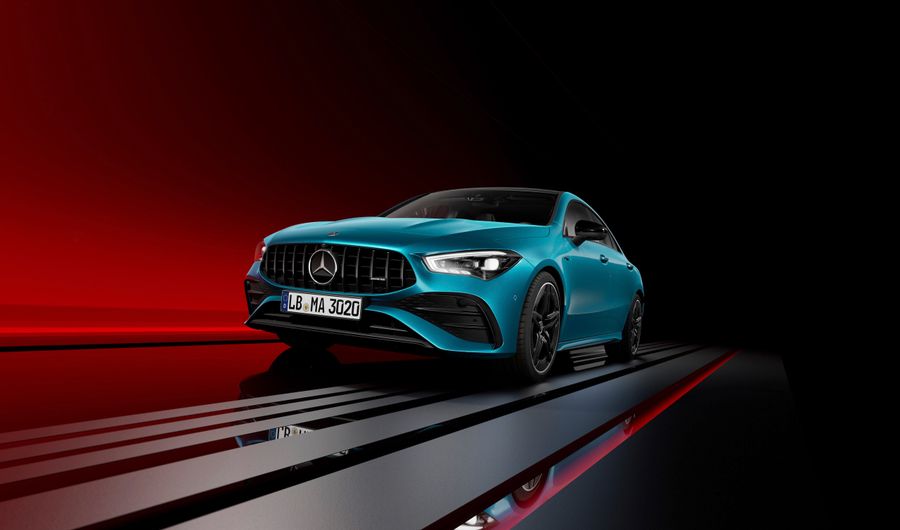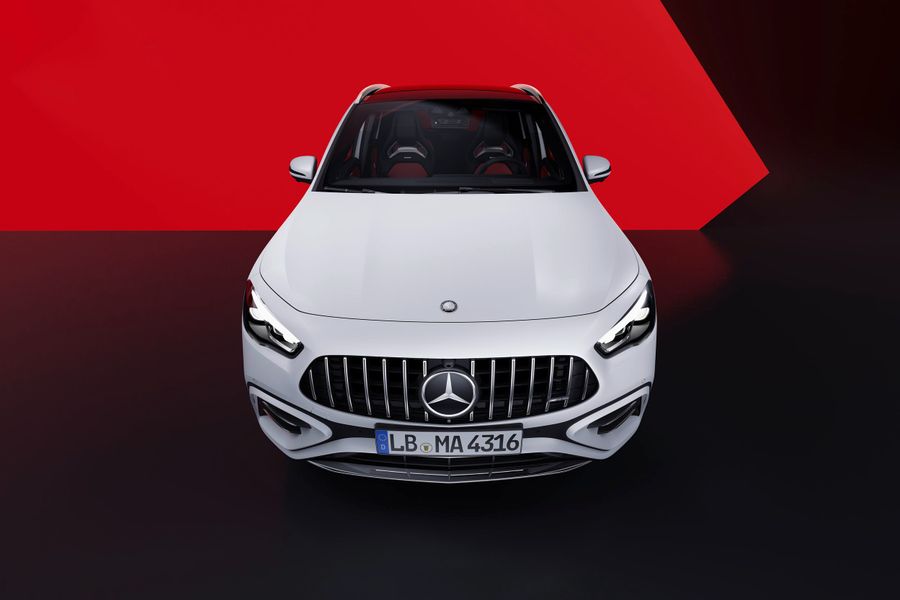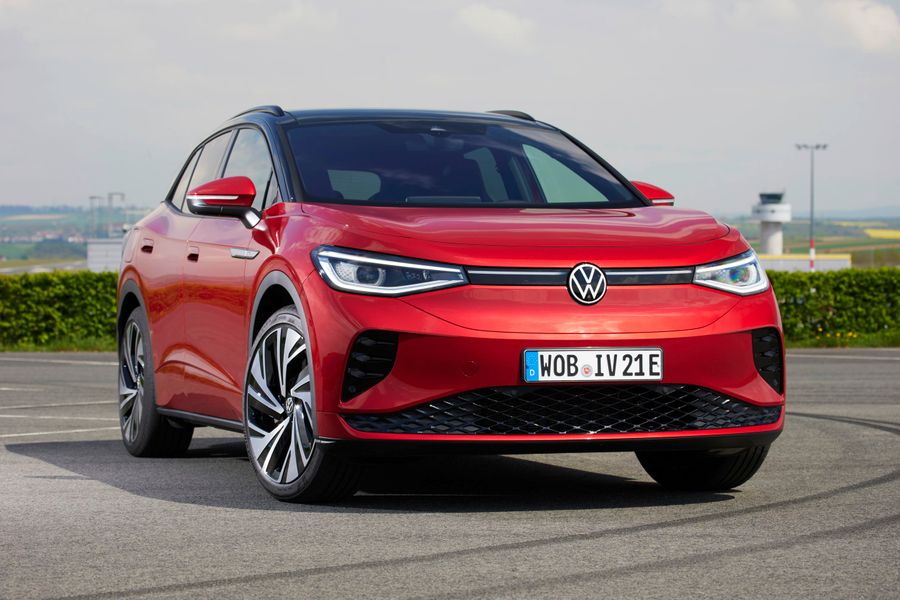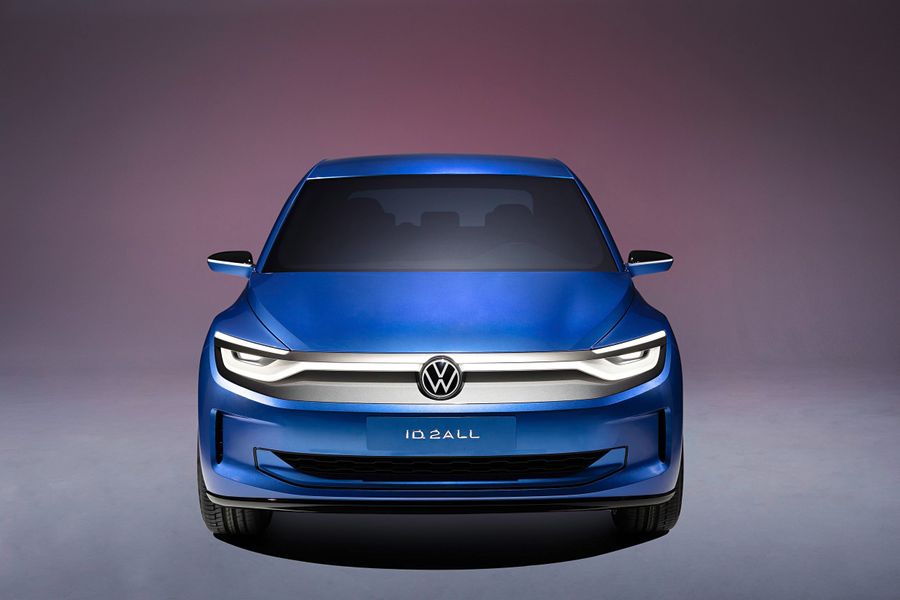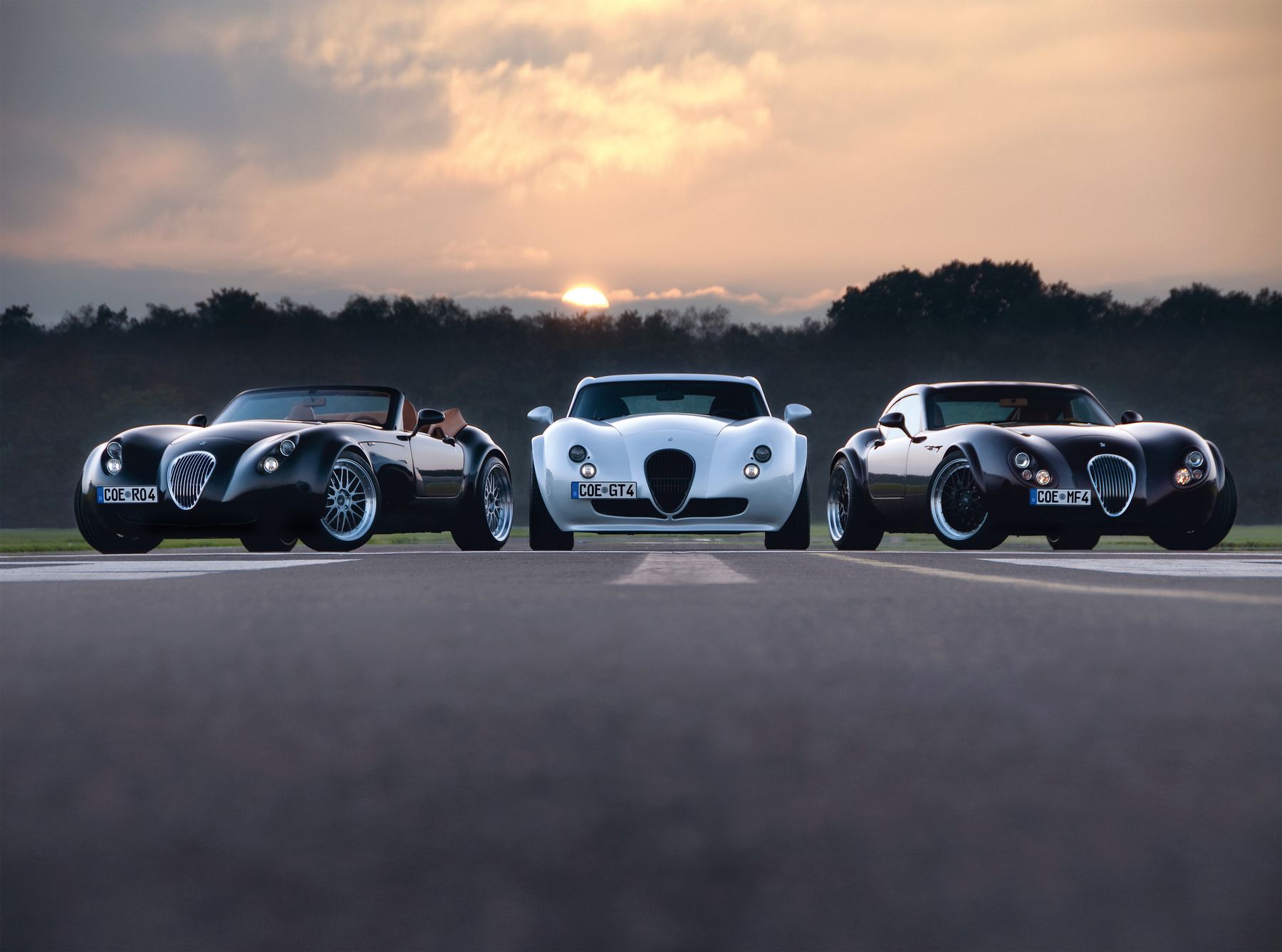
Wiesmann. Road adherence in any difficult situation
The creations of the Wiesmann brothers stand out against a background of other supercars: the design, inspired by classic cars of the 1930s and 1940s with characteristic wings, makes the brand instantly recognizable. And the giant hood features a tiny gecko, which became the emblem of Wiesmann, symbolizing road adherence in any difficult situation. The Wiesmann brand offers the combination of high technology with retro style, modern equipment, BMW units, including the V8 and V10, and the outstanding handling characteristics.

Wiesmann Automobile Company is a German small-scale luxury car manufacturer headquartered in Dülmen, North Rhine-Westphalia, Germany. Founded in 1988, the company is named after its founders, Friedhelm and Martin Wiesmann. The gecko on the brand emblem was not chosen by chance: just as these lizards stick to the walls, the Wiesmann cars literally ‘stick’ to the road. Such results are achieved through the use of modern independent suspensions.
Wiesmann sports cars are remembered not only for their unusual retro design and excellent handling, but also for the fact that they were produced literally by the piece. Each car was assembled by hand by special order. Those wishing to buy such a car had to wait up to six months. The construction of the car took about a month of manual labor, and the annual average production volume reached about 20 cars. Between 1993 and 2013, only about 1,700 sports cars were produced: such small-scale production was not beneficial. In 2013, the company went bankrupt, and the Wiesmann brothers voluntarily left their own company. But their creations still live on.
In 2016, the British businessman Rohin Berry tried to revive the brand by creating a new company, Wiesmann GmbH, under the wing of Contec Global Corporation. In 2017, he signed an agreement with BMW on the supply of V8 biturbo engines. In 2019, the company released a teaser for the first model of the revived company, Project Gecko, named after the gecko depicted on the corporate logo. The project never came out, but the company clearly got a second wind, and it fully experienced its own motto ‘road adherence in any difficult situation’. The second project was completed: in 2022, a new electric roadster Wiesmann Roadster Project Thunderball was released. The German engineering studio Roding Automobile, which develops electric sports cars and main power components, participated in its creation. Thus, a small-scale manufacturer of very impressive retro sports cars was reborn as a brand of electric vehicles.
Wiesmann famous retro cars
In 1988, two brothers, Friedhelm and Martin Wiesmann, founded a small company in the small town of Dülmen, in German Westphalia. Initially, their tiny company was engaged in the construction of hard tops for German convertibles. The brothers were approached by large German automobile firms, including Opel, Volkswagen and BMW. But the brothers wanted to create something unique. Thus, they created the models that combined modern technology and classic automotive design of the 1930s and 1940s.
Wiesmann MF25/MF28

In 1991, the brothers built the first roadster prototype, which was adjusted for a long 2 years. The new model of the new car brand Wiesmann Auto-Sport premiered at the Frankfurt Motor Show in 1993. The roadster was based on a steel tubular frame with fiberglass outer panels. The fabric folding top was hidden in the trunk manually. The Wiesmann MF25 was equipped with a 2.5-liter BMW M50 engine producing 190 hp (it was installed on BMW 3 Series and 5 Series cars) paired with a 5-speed manual gearbox. The MF 25 index was deciphered as follows: M - Motorsport, F - Front, front-mounted engine, 25 - working volume of 2.5 liters. Later, the engine was replaced with a 2.8-liter S50 engine from the BMW M3 (E36). With a 6-cylinder engine producing 286 hp, the light Wiesmann accelerated from 0 to 100 km/h in 5.5 seconds, and the maximum speed exceeded 230 km/h. The car was built in small batches.
Wiesmann MF 30
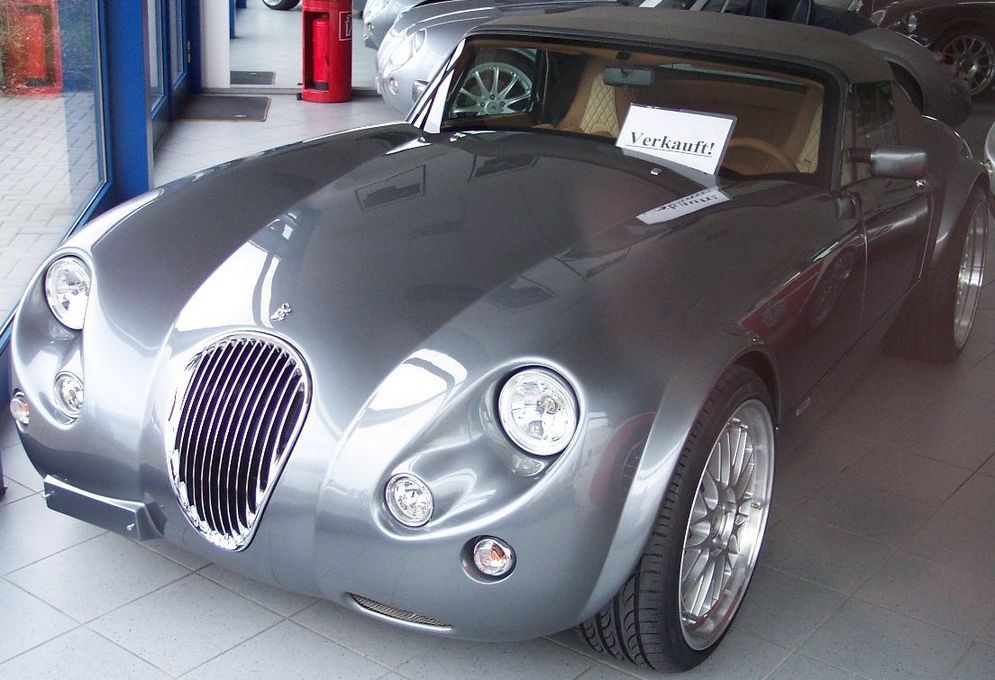
In 1996, the MF28 received a new 3.0-liter BMW M54 engine, which was reflected in the index. Despite a larger engine displacement, the new engine produced ‘only’ 230 hp and 300 Nm. With it, the sports car, weighing up to 1,080 kg, accelerated from 0 to 100 km/h in 6 seconds, and the maximum speed reached the limit of 230 km/h.
Wiesmann MF3
In 2003, the brothers abandoned the indices reflecting the engine displacement. The number 3 in the name indicated that this was the third model of the brand. The MF3 is based on a modernized design of the MF 30, the independent suspensions of all wheels and the steel body frame remained the same. The main innovation is the engine: a 3.2-liter inline 6-cylinder BMW S54, which, together with a Getrag 6-speed manual gearbox, was borrowed from the BMW M3 (in the E46 body). It produces 343 hp and 365 Nm, which makes it possible to develop 250 km/h, while the acceleration from 0 to 100 km/h has been reduced to 4.9 seconds. The equipment has become richer: leather and polished aluminum trim, power windows and an audio system appeared as standard equipment. Just as its predecessors, the model comes without an electric roof.
Wiesmann GT MF4
The brand’s first coupe, Wiesmann GT MF4, was unveiled together with the MF3 roadster at the Frankfurt Motor Show. The number 4 indicated that it was the fourth model created by the brand, and GT showed the relation of the novelty to the Gran Turismo class. The model is based on a steel frame and suspensions from the MF3. The car’s fiberglass body received new bumpers, hood, and optics. The car features a mighty 4.9-liter V8 BMW S62 engine with 367 hp. The coupe, which had grown up to 1,320 kg, easily accelerated to 260 km/h. The acceleration from 0 to 100 km/h occurred in 4.7 seconds.
Wiesmann GT Race
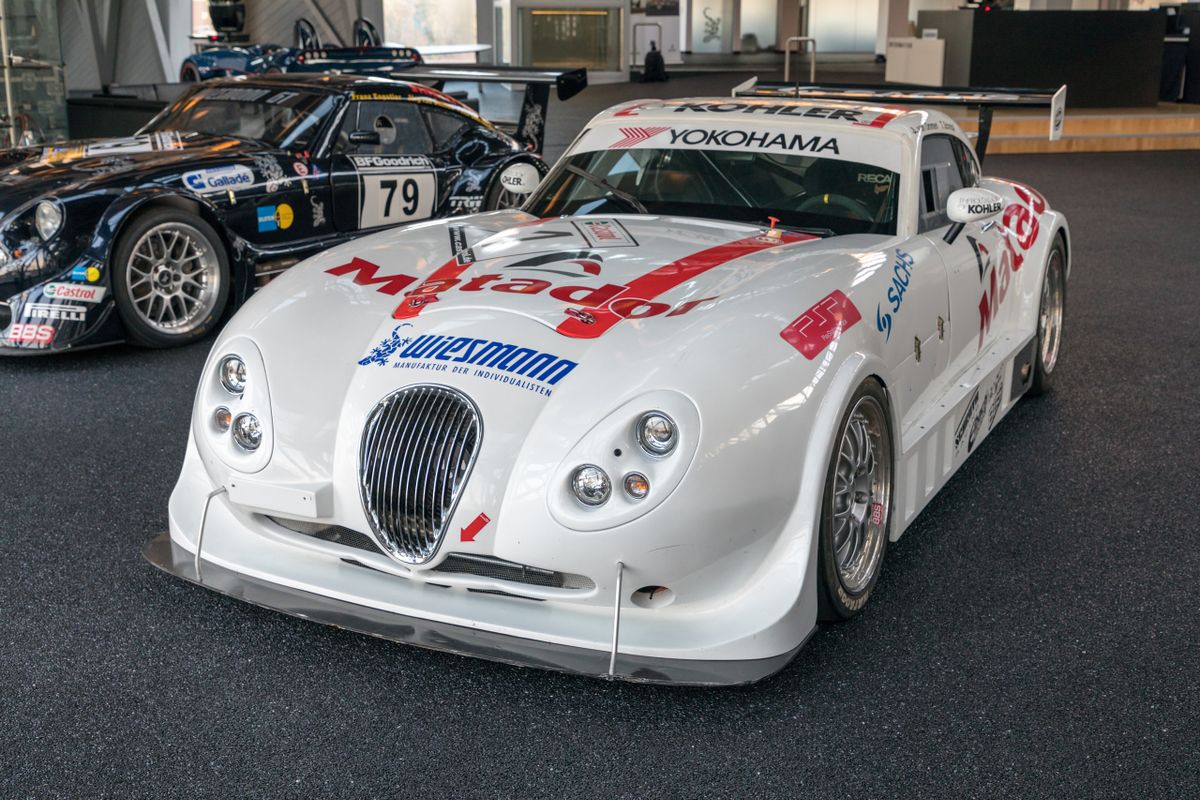
In 2005, the company decided to conquer the sports arena. The racing car was designed in accordance with FIA rules for the GT3 racing class. The car is based on the GT MF4 with an aerodynamic carbon fiber body kit featuring a profiled front splitter and rear wing. The engine has grown to 5 liters and has been boosted to 500 hp, having acquired a dry sump lubrication system to help combat oil reflux in corners. The car made its debut in the 24 Hours of Nürburgring but was abandoned due to technical problems.
Wiesmann Roadster MF4
In 2008, the new Roadster MF4, an open-top version of the MF4 coupe, was released. The model features the same 4.9-liter V8 BMW S62 with 367 hp, coupled with a 6-speed manual gearbox or a semi-automatic sequential gearbox BMW SMG. The car has received a new aluminum tubular frame, external body panels made of carbon fiber, independent aluminum suspensions on double wishbones appeared. Thanks to the extensive use of light alloys and composite materials, the coupe and convertible weighs only 1,215 and 1,275 kg, respectively. The acceleration from 0 to 100 km/h occurs in 4.6 seconds, and a top speed is 280 km/h (coupe) or 255 km/h (convertible).
Wiesmann GT MF5
In 2008, Wiesmann started using the most powerful engine at that time, a 5.0-liter V10 engine from the BMW M5 model (S85). The Wiesmann GT MF5 coupe comes with a 507 hp engine built for race cars, coupled with a 7-speed SMG III semi-automatic gearbox transmitting 520 Nm from the mighty engine to the rear wheels. The coupe features new bumpers with enlarged air intakes, a set of spoilers and rear wings to improve downforce. But the design of the car still comprises an aluminum tubular frame, carbon fiber outer panels and independent suspension front and rear wheels on double aluminum wishbones. A light coupe weighing 1,400 kg accelerates from 0 to 100 km/h in 3.9 seconds, while the maximum speed reaches 310 km/h! At first, only 25 of these cars were built, but later, at the request of customers, small-scale production began.
Wiesmann MF4-S/GT MF4-S
In 2009, the manufacturer released high-performance versions of the MF4 roadster and coupe. The models feature a 4.4-liter V8 engine with the S65 index, borrowed from the new BMW M3 (E90/92). It develops 420 hp, allowing the car to accelerate from 0 to 100 km/h in 4.4 seconds, while the maximum speed of the coupe has increased to 290 km/h. The car has a leather interior with polished aluminum trim, a high-quality sound system, air conditioning and power windows. In addition, the car comes with electronic assistants such as ABS and ESP systems.
Wiesmann Roadster MF5
In 2010, the manufacturer released an open-top version, the Roadster MF5. The design of the roadster is based on the GT MF5 coupe with an aluminum frame and a carbon fiber body with a soft convertible top. Just like the coupe, the roadster accelerates from 0 to 100 km/h in less than 4 seconds, and its maximum speed decreased to 300 km/h. The price of new items exceeded 165,000 euros.
Wiesmann GT MF4-CS
The company keeps on trying to adapt their cars to race tracks so that customers can participate in amateur racing competitions. After the failure of the radical Spyder, introduced in 2011, a sports car without doors and a windshield, the Wiesmann brothers created the new GT MF4 CS (Club Sport) in honor of the company’s 25th anniversary. It is based on the proven GT MF4-S: a 420-horsepower V8, an aluminum frame and carbon fiber outer panels. The car comes with a 7-speed dual-clutch robotic gearbox, a new limited slip differential. Independent aluminum double wishbone suspensions are now adjustable in stiffness and height, while the anti-roll bars have a larger diameter. Larger ventilated perforated brake discs are used to improve braking efficiency.
The model is distinguished by a new front bumper and adjustable rear wing. The car has lost its power windows and an advanced sound system, but has received new racing seats with a carbon fiber frame, side windows made of lightweight polycarbonate, and even a fire extinguishing system. The inner door panels are very light and have no usual handles, which were replaced by leather loops (as in racing cars). A strong safety cage made of steel pipes practically nullified all the efforts of the creators to lighten the car, but safety is more important. The weight of the Club Sport coupe is 1,350 kg, the acceleration from 0 to 100 km/h occurs in 4.4 seconds, and the top speed is 293 km/h. A total of 25 MF4-CSs were built, each costing over 193,000 euros.


